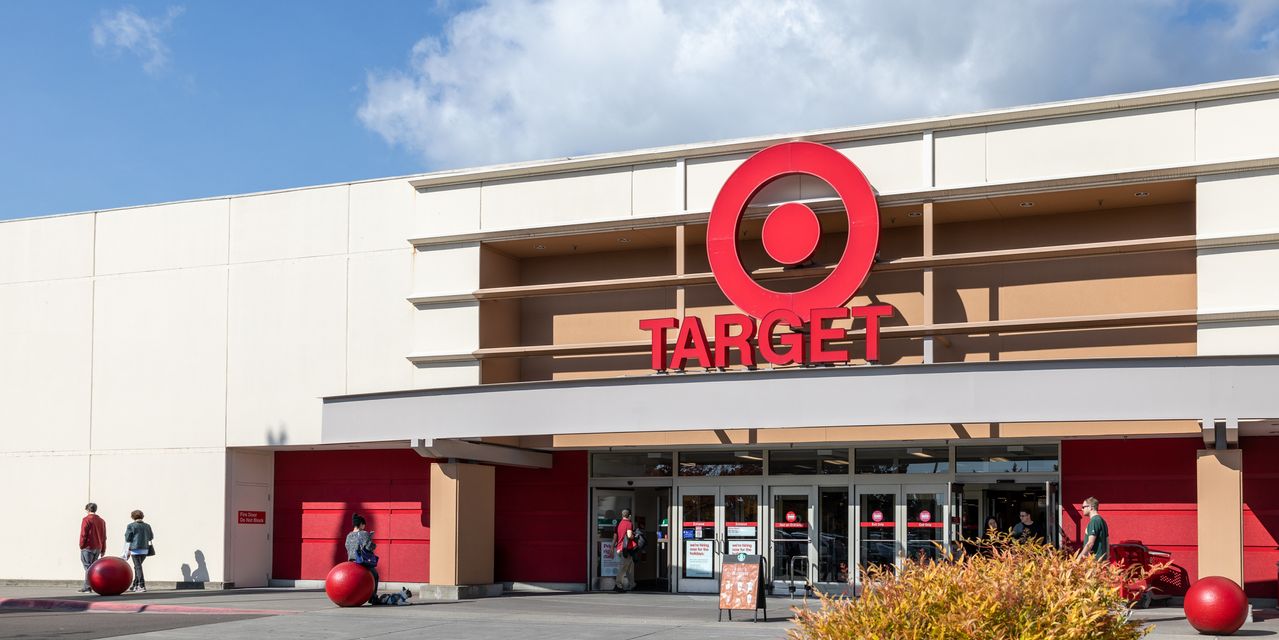Big-box retail chain Target Corp. on Tuesday announced it would close nine of its stores across four states next month, saying that organized retail theft had threatened the safety of its employees and customers.
The stores — located in New York, Seattle, the San Francisco and Oakland area, and Portland, Ore. — will shutter on Oct. 21, the company said. Target
TGT,
said all “eligible team members will be offered the opportunity to transfer to other Target locations.”
Target did not immediately respond to a request for more detail about the number of employees affected or the process to follow for a transfer to another store.
“In this case, we cannot continue operating these stores because theft and organized retail crime are threatening the safety of our team and guests, and contributing to unsustainable business performance,” Target said in a statement.
“We know that our stores serve an important role in their communities, but we can only be successful if the working and shopping environment is safe for all,” the company continued.
Management said the company added security staff and third-party guard services and took other theft-deterrent measures at those stores. It also said that dozens of Target stores were still open in the affected cities, and noted its donations and volunteer work in those areas. Target had nearly 2,000 U.S. stores as of the beginning of the year.
Shares of Target were down slightly after hours on Tuesday.
Target’s closures would follow other big retailers, like Starbucks Corp.
SBUX,
and Walgreens Boots Alliance Inc.
WBA,
that have closed stores in bigger cities due to what they said was theft and other dangers to employees. And it would follow months of complaints from retail executives about the impact of theft on business, particularly during the last round of retailers’ earnings.
Target Chief Executive Brian Cornell, during the chain’s quarterly earnings call last month, said that during the first five months of this year, its stores “saw a 120% increase in theft incidents involving violence or threats of violence.” And he said “our team continues to face an unacceptable amount of retail theft and organized retail crime.”
However, other observers have said that crime data can be vague and subjective, and that closures can occur for a variety of reasons. And in 2021, amid blaring headlines about theft, so-called “shrink” — or losses attributed to theft, fraud or employee error — was similar to prior years. Different retailers also measure the statistic differently. And a Walgreens executive early this year said maybe the company “cried too much” about theft last year.
The National Retail Federation, in a report released Tuesday, found that “shrink” represented $112.1 billion in losses last year, up from $93.9 billion in 2021. But the average shrink rate over that period — 1.6% — while up from 1.4% in 2021, was in line with figures from 2020 and 2019.
Other retailers, like Dick’s Sporting Goods Inc.
DKS,
called out theft in their quarterly results over this summer, even as bigger issues — efforts to sell off excess products — hit margins harder. And executives at Nordstrom Inc.
JWN,
— despite a recent high-profile heist in Los Angeles — said that while the level of theft was disturbing, they haven’t seen “continuing rising of shrinkage that has exceeded what we planned.”
Walmart executives last month also took a calmer tone.
“Shrink has increased a bit this year,” John Furner, CEO of Walmart U.S., said on the company’s earnings call. “It’s increased last year. It’s uneven across the country, it’s not in every market. Some markets are higher than others.”
Chief Executive Doug McMillon added: “Shrink is comprised of more than one thing.”
Read the full article here










